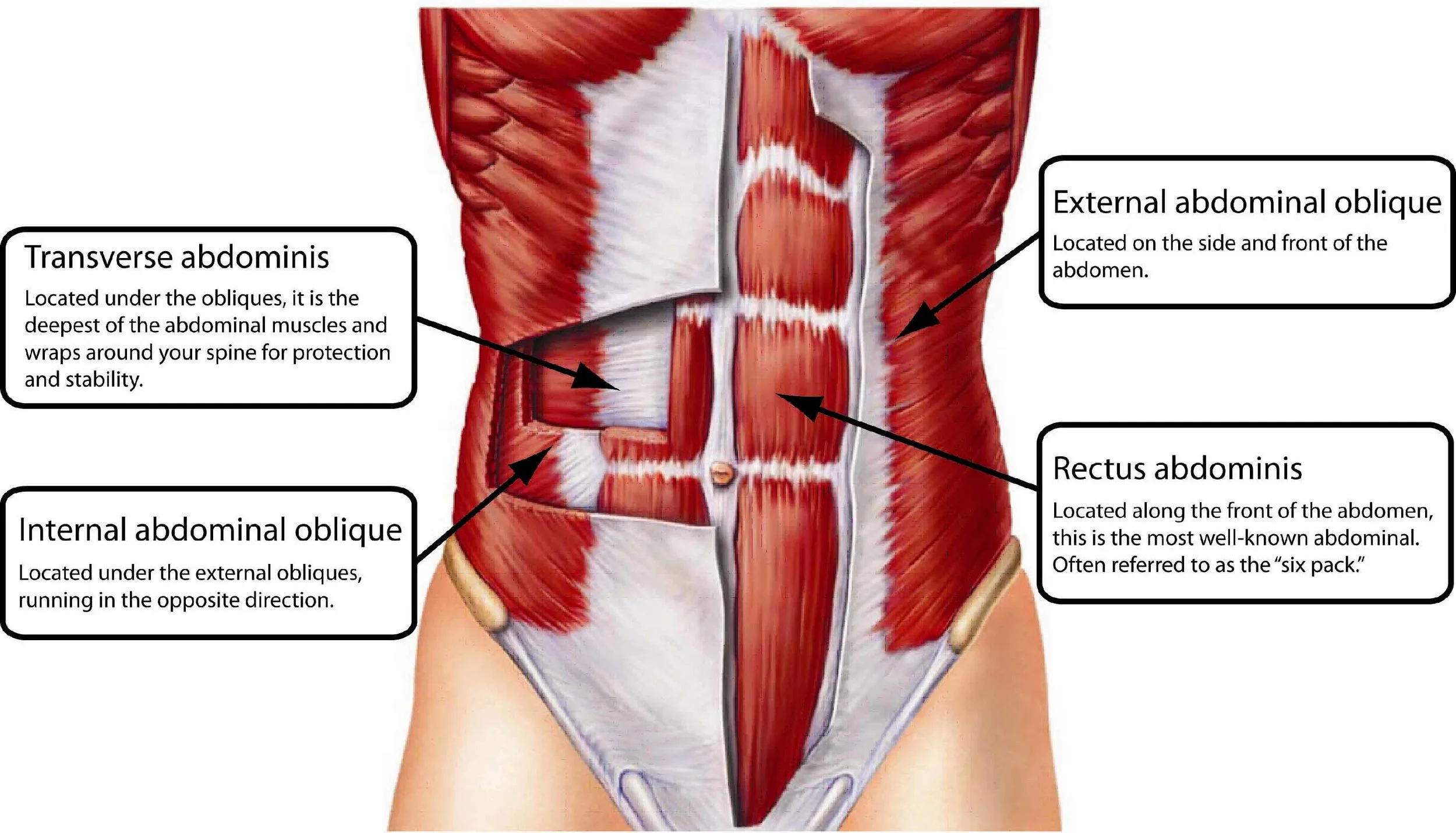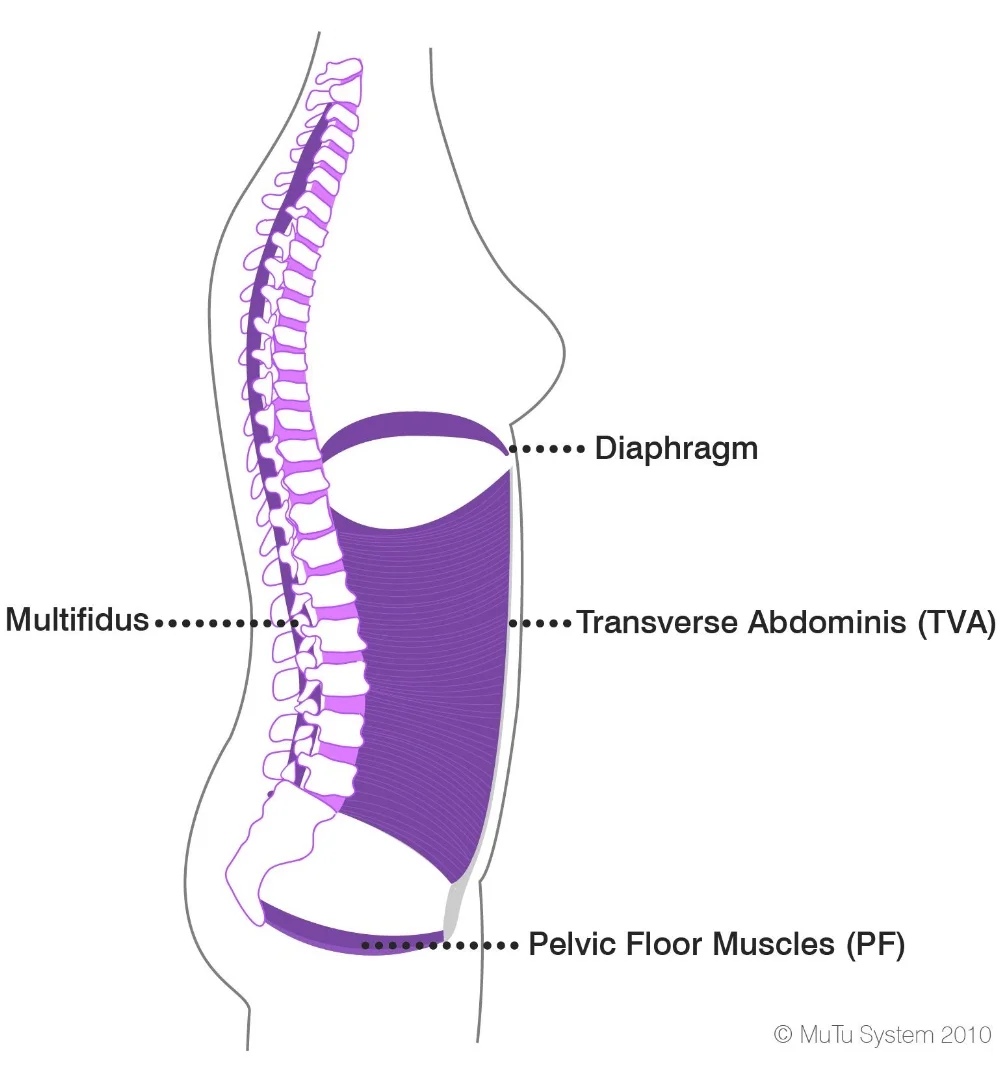For the next couple weeks I have partnered up with an old friend and colleague from school to do a four-part series really breaking down core mechanics. Today Dr. Lundahl begins by breaking down the component parts of your core, and its function. If you want to keep up with Dr Lundahl's frequent posts, please check out her website: www.myomedicaldc.com
We hear the term ‘core’ a lot. It’s all over the place now, but do you even know what your core is? Most people assume that their core means their abs in the front. Meaning that sick six-pack that everybody so wants must mean that those people with them, must have the strongest cores - wrong! Actually most of the time those people with six-pack abs are dysfunctional in their movement patterns. They probably have put in a lot of hours at the gym, which means that they have deeply ingrained these incorrect movement patterns, which makes them much harder to remove.
So what makes up our core? Your upper and lower abdominals in the front, side obliques + transverse abdominus, deep erector spinae muscles + QL’s, pelvic floor muscles and diaphragm. Your pelvis is involved in stabilizing your core + low back, so we usually include your glutes into the mix. It’s a team of muscles that work together to use something called force closure (muscle strength) and your intra-abdominal pressure (IAP) to stabilize your low back and pelvis. When this area is stabilized properly we can create much more force and power through our limbs- whether it’s throwing a baseball, kicking a soccer ball, lifting at the gym or not needing a second trip for the grocery bags.
We should also think of our core as our own built in muscle belt. When functioning properly, with as little of 10-20% contraction of your muscles you can help protect your low back from injury or overuse when doing about almost anything. Proper belly breathing technique is used in order to create proper pressure within the belly, this along with muscle contraction is what your body uses to create stability. This is why I advocate for never putting on that weight belt while you’re in the gym, unless you need (not want) to move very heavy and dangerous weight. Every time you put on that weight belt and cinch it tight, you are deactivating your own body’s built in defense - your core.
So each time you wear that belt you are not using your own body’s center of power to help push you through these lifts, you are using an outside source of stability. Remove that outside source of stability, can you still do that lift? If the answer is no and you don’t NEED to lift heavy weight like that, then maybe you need to consider spicing up your workout with more difficult and challenging lifts or movements, rather than continuously increasing the weight in a lift that you have already “mastered”. Strip oneself of the ego, humble yourself in your fitness journey.
Follow Dr. Lundahl for more posts discussing rehab, biomechanics and self care:
On Instagram:
https://www.instagram.com/myomedicaldc/
On her website:
https://www.myomedicaldc.com/blog/
#movementismedicine #chiropractic #rehab #physicaltherapy #southflorida #palmbeach #breathing #core #lowback #liftingbelt #musclebelt #breathing #strengthtraining #prehab #functionaltraining





